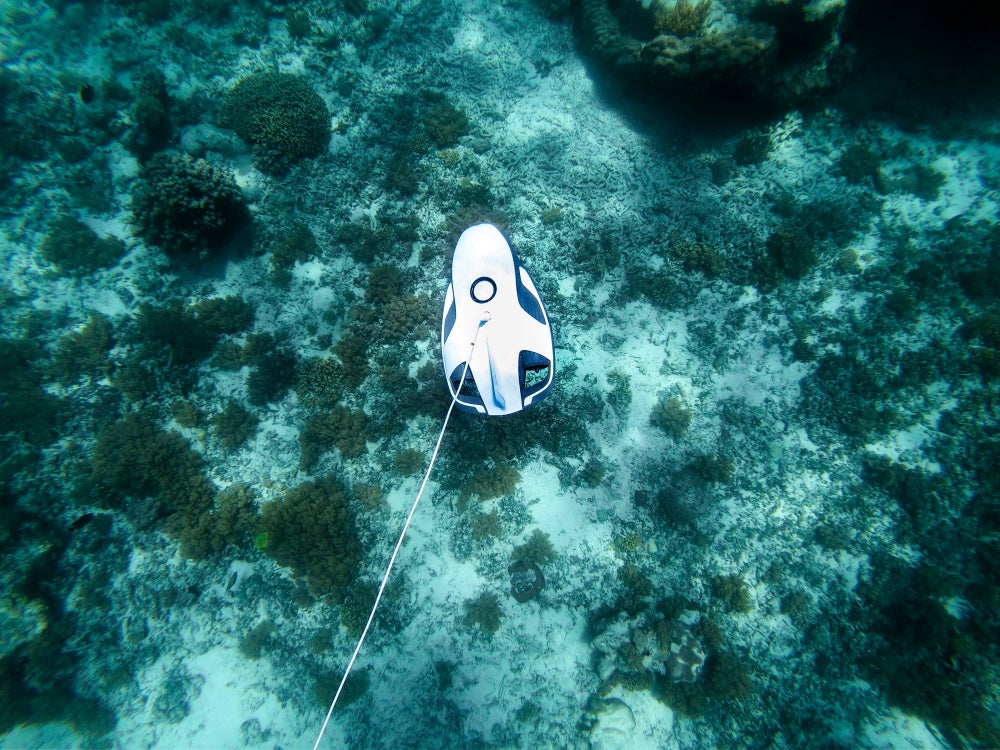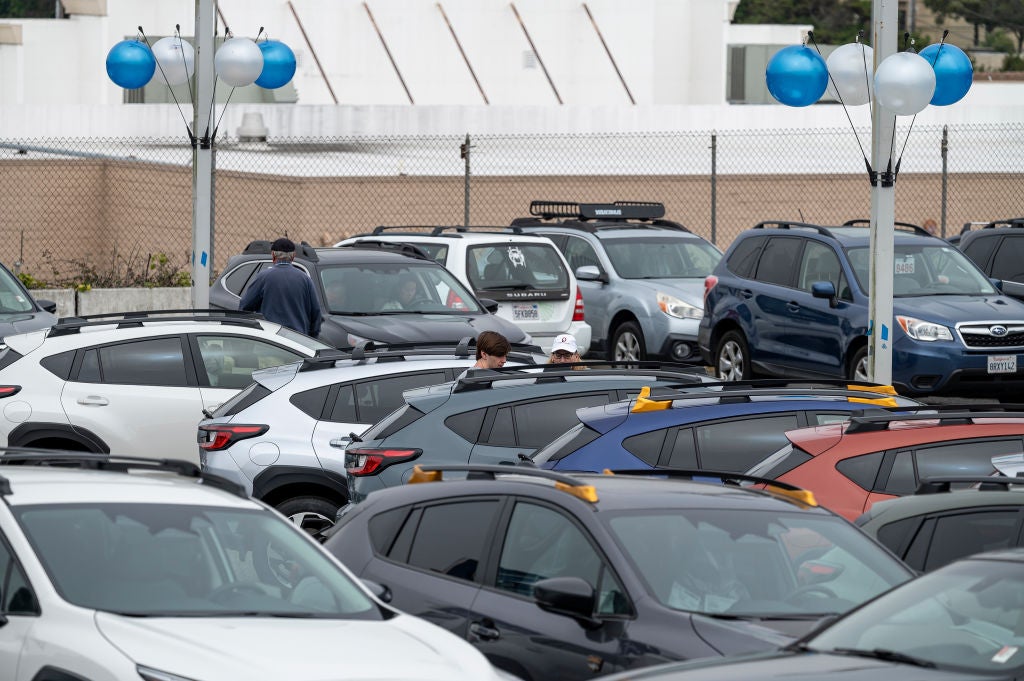Microvision has been granted a patent for a light detection and ranging system that uses synchronized scanning mirrors to scan a pulsed fanned laser beam in two dimensions. The system includes adaptive methods to modify the field of view, laser pulse properties, and fan angle based on internal and external sensor data. The patent also describes an apparatus with multiple laser light sources and scanning mirrors to scan different portions of the fanned beams in parallel directions. GlobalData’s report on Microvision gives a 360-degree view of the company including its patenting strategy. Buy the report here.
According to GlobalData’s company profile on Microvision, Lidar-assisted navigation was a key innovation area identified from patents. Microvision's grant share as of September 2023 was 64%. Grant share is based on the ratio of number of grants to total number of patents.
Light detection and ranging system with synchronized scanning mirrors
A recently granted patent (Publication Number: US11754682B2) describes an apparatus for use in a light detection and ranging (LIDAR) system. The apparatus includes multiple laser light sources and optical devices to generate fanned beams of laser light with different major and minor axes. The system also includes scanning mirrors that scan portions of the fanned beams in a parallel scan direction within the field of view. Importantly, the scanning mirrors are designed to ensure that the first scanning mirror does not scan the first portion of the second fanned beam, and vice versa. This arrangement allows for the creation of a combined fanned beam with a larger fan angle than either of the individual fanned beams.
The patent also describes variations in the positioning of the optical devices and scanning mirrors to either create a combined fanned beam with a fan angle equal to one of the individual fanned beams or to control the amount of overlap between the fanned beams. Mirror deflection of the scanning mirrors is controlled to determine the amount of overlap in the field of view. Additionally, the apparatus may include a third scanning mirror to scan the fanned beams parallel to the minor axis of the first fanned beam.
The patent further describes an embodiment of the apparatus that includes pulsed fanned beams of laser light and additional scanning mirrors to scan the fanned beams in a direction perpendicular to the major axis. A control circuit is provided to adjust the amount of overlap between the pulsed fanned beams.
The patent also discloses a light detection and ranging system that incorporates the described apparatus. The system includes an array of light-sensitive devices to receive reflections of the laser light pulses, as well as time-of-flight measurement circuits. A control circuit is included to selectively apply offsets to the scanning mirrors to modify the overlap of the fanned beams. The control circuit can adjust the offsets based on vehicle speed, increasing the overlap as the speed increases.
Overall, this patent describes an apparatus and system for generating and controlling fanned beams of laser light in a LIDAR system. The design allows for increased fan angles and control over the overlap of the fanned beams, which can improve the accuracy and performance of LIDAR systems used in various applications, including autonomous vehicles.
To know more about GlobalData’s detailed insights on Microvision, buy the report here.
Premium Insights
From

The gold standard of business intelligence.
Blending expert knowledge with cutting-edge technology, GlobalData’s unrivalled proprietary data will enable you to decode what’s happening in your market. You can make better informed decisions and gain a future-proof advantage over your competitors.







